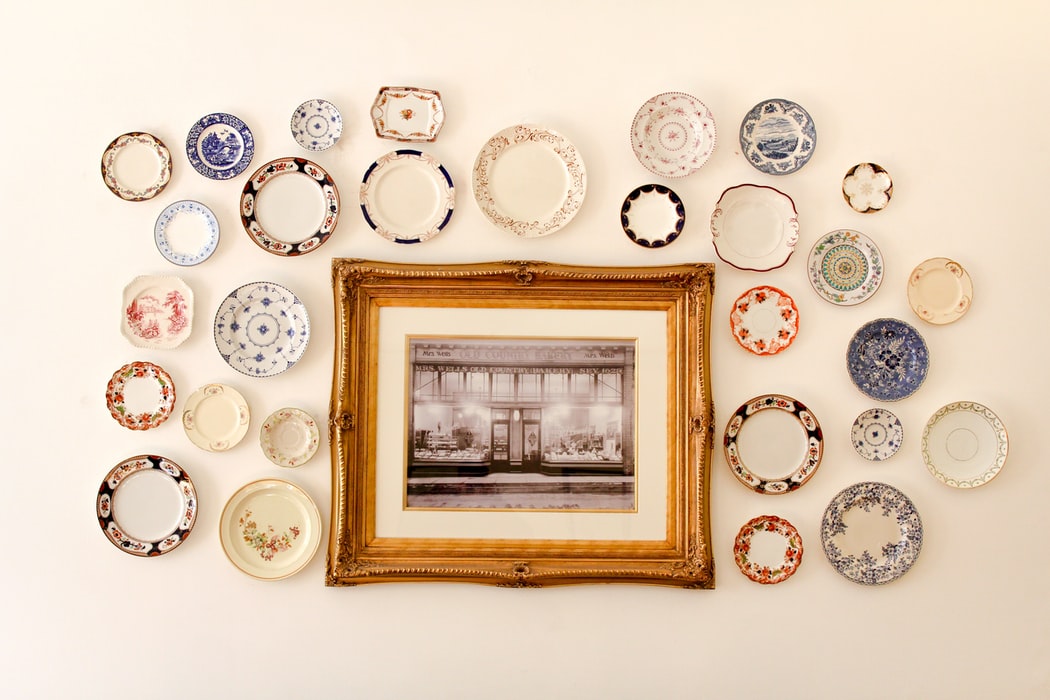We have some exciting news: antiques are becoming increasingly fashionable. For a long time, mid-century modern has been the most popular vintage-inspired design on the street. On the other hand, traditional design has lately re-entered the limelight, as more people seek comfort in the familiar. Along with the revival of classic style, there has been a renaissance of interest in antique furniture!
Many people have been given antique furniture and have no clue how to incorporate it into their houses. As a result, they threw them in the garage to gather dust. Or they strew them throughout the home, believing no one will notice how out of place they are. However, we believe that now is the moment to embrace—and possibly even seek out — antique furniture in your house! They offer your house a sense of history and character, as well as something unique that you can’t get anywhere else!
Antiques, in addition to being a one-of-a-kind piece of furniture, have a sustainability component that appeals to many individuals. These pieces have a substantially lower carbon footprint than brand-new furniture since they have previously been manufactured and are currently in use. They’re also more cost-effective than a lot of new furnishings. Of course, it varies with every item, but because antiques are less popular, prices are often lower. And, given the antiquity of antique furniture, you may be assured of the craftsmanship that went into its creation. These are components that you won’t have to replace in a few years, adding to the antique furniture’s sustainability.
Antiques are often defined as artifacts that are 100 years old or older. In the meanwhile, anything older than 20 years is referred to as being vintage. However, decorating and creating your house with antique and vintage pieces is all about bringing in historic furniture and things and merging old-world style with the fresh and current design.
So, perhaps we’ve persuaded you of the virtues of vintage decorating. Yay! But you’re undoubtedly thinking to yourself, “How do I actually do it?” How can you incorporate antiques into a modern house without creating a museum-like atmosphere or a crazily mismatched look? Believe us when we say that just because you appreciate antiques doesn’t mean you have to go full-on with your decor. Antique objects may be incorporated into more modern or contemporary rooms in a variety of ways.
Combine antiques with modern decor to create a unique look
One of the most fascinating and unusual ways to incorporate antiques into your house is to do it uniquely. Using them in a contemporary setting. You produce a mix that seems unique and where you nearly lose sight of what’s new and what’s not by blending several genres. It contributes to the look of a home that has been accumulated through time, rather than something cookie-cutter that came straight from a catalog.
The dresser is the only antique element in this room, but the bench and bed have a modern classic feel to them. New dressers are expensive, so we like the notion of saving money by using an antique dresser—whether one that was passed down to you or one that you purchased secondhand—to save money without sacrificing design.
The gallery wall above the dresser and the bench’s bright stripes contribute to the “collected” feel. The color blue was utilized throughout to help balance out the red overtones of the wood finish. The traditional-patterned rug, on the other hand, was employed to help tie in such undertones.
Make a Personal Statement
When you come across a piece of antique furniture that is very stunning, you must use it as the focal point of your room. There’s no way to hide it; it has to stand out. That’s how we felt when we saw this traditional buffet table. In a modern house, the two-tone, high-gloss finish feels aggressive, but it appears even bolder when you consider the Victorian design, which includes intricate accents and carved embellishments. It has a royal sense to it, and the height of the legs adds to the feeling of exclusivity while also making the area appear larger.
Even statement items, however, must complement the rest of the room’s design. The buffet was placed in the dining room with a contemporary marble table and cushioned dining chairs in this example. The buffet’s ornateness is balanced out by the streamlined lines of both.
However, you might opt for asymmetrical style, as we did here, which gives it a more casual feel and leans a little eclectic. The buffet’s learning art and modern sculpture add to the relaxed atmosphere.
Antiques may be used as accent pieces
Antiques don’t have to be show-stoppers all of the time. Antique furniture may be used as a subtle accent in some situations. An ancient trunk serves as a coffee table in the photo above. Not to mention a coffee table with storage! Because the space as a whole is a combination of modern and classical forms, this trunk fits just in.

We contrasted the black finish of the trunk with a bright couch to make it stand out a little more. We also picked elements that would assist draw attention to the wood’s color tones, such as the rust-red carpeting, which draws attention to the piece’s worn warmth. Natural textures were also used throughout the space to complement the worn wood finish.
Make a statement with the combination of old and new
Mixing antiques with more traditional-style furniture is one thing. Mixing antiquities with ultra-modern lines is a completely different movie. Wishbone chairs are bold enough on their own, but combining them with a Victorian-style dining table provides an intriguing and surprising contrast.
The table legs’ curves echo the contours of the seats, which we adore. Like the dining room displayed previously in this essay, these furniture pieces are excellent examples of form and substance as décor. The remainder of the room may be kept quite simple, however, the natural textures in the rug, cabinet, and chair seats add some lovely depth to the area.
Combine antiques from various styles and eras
You don’t have to limit yourself to just one antique piece when it comes to antique furniture. In reality, blending antiques from various styles and eras have a lovely and eclectic quality to it.















